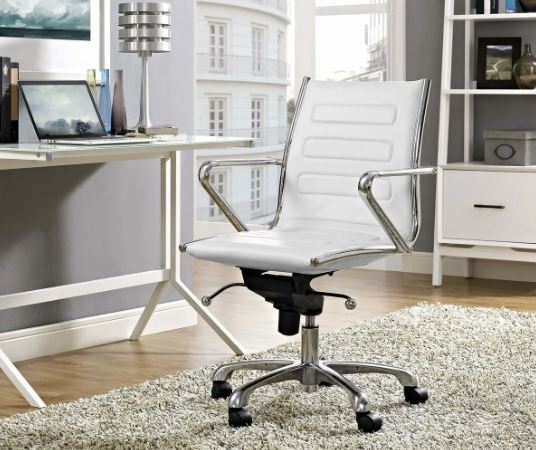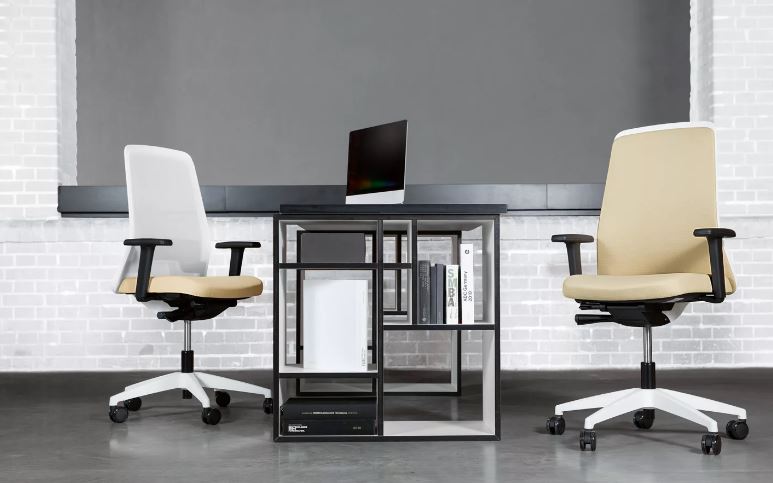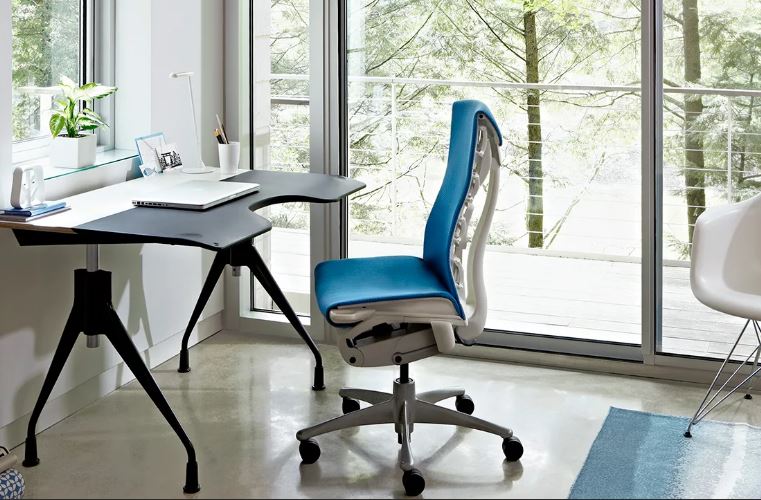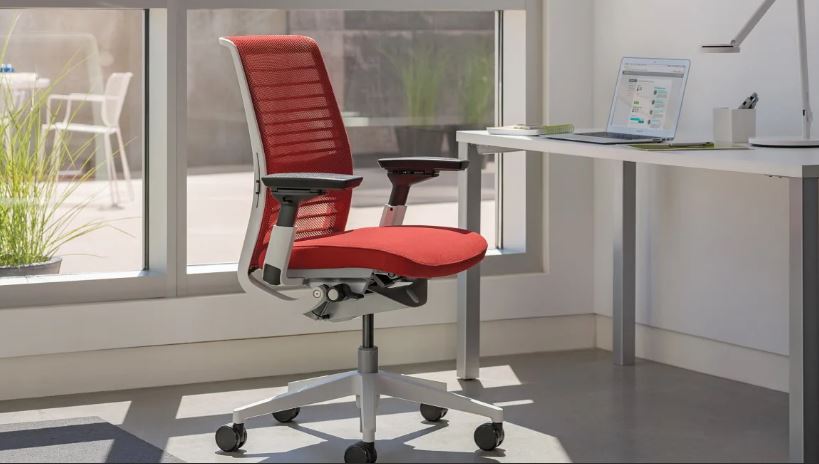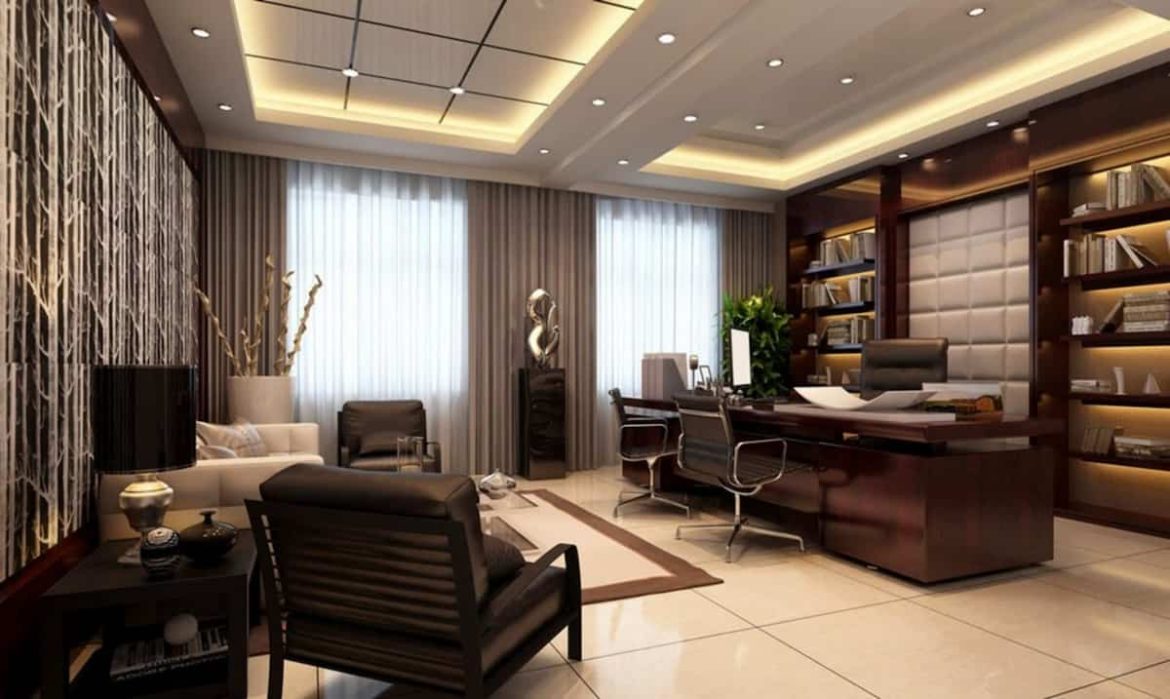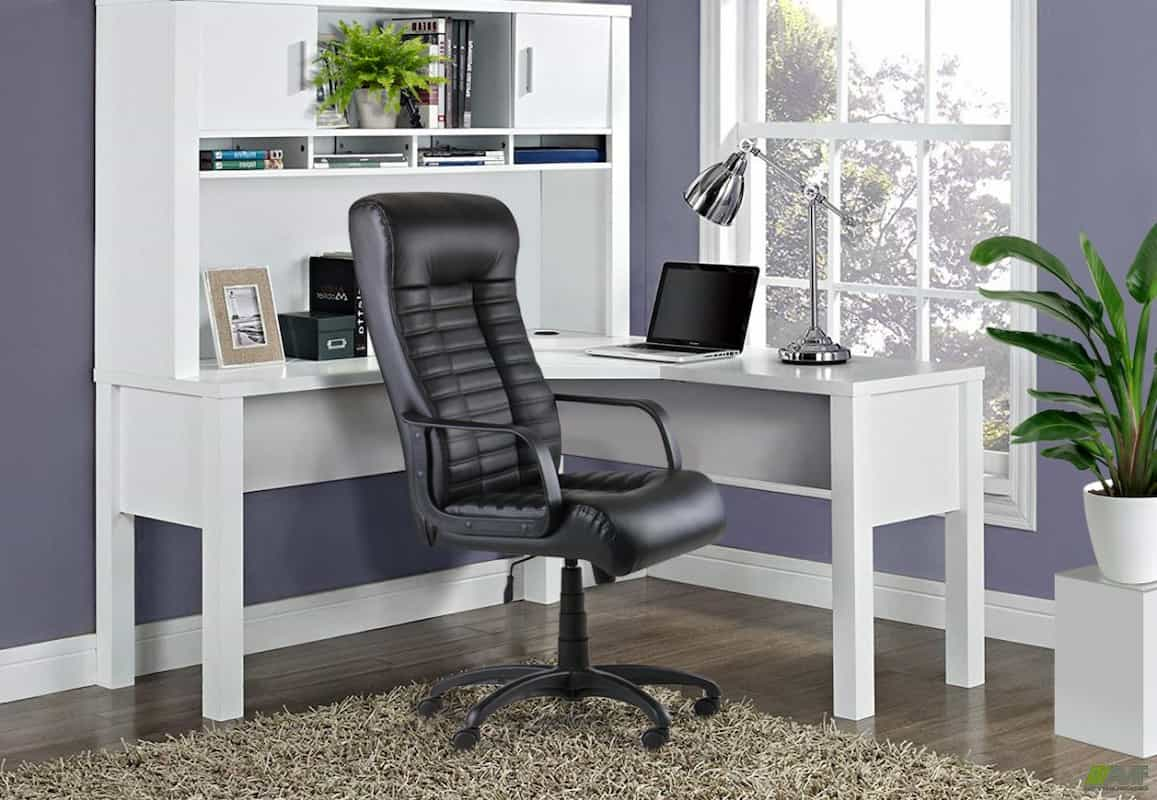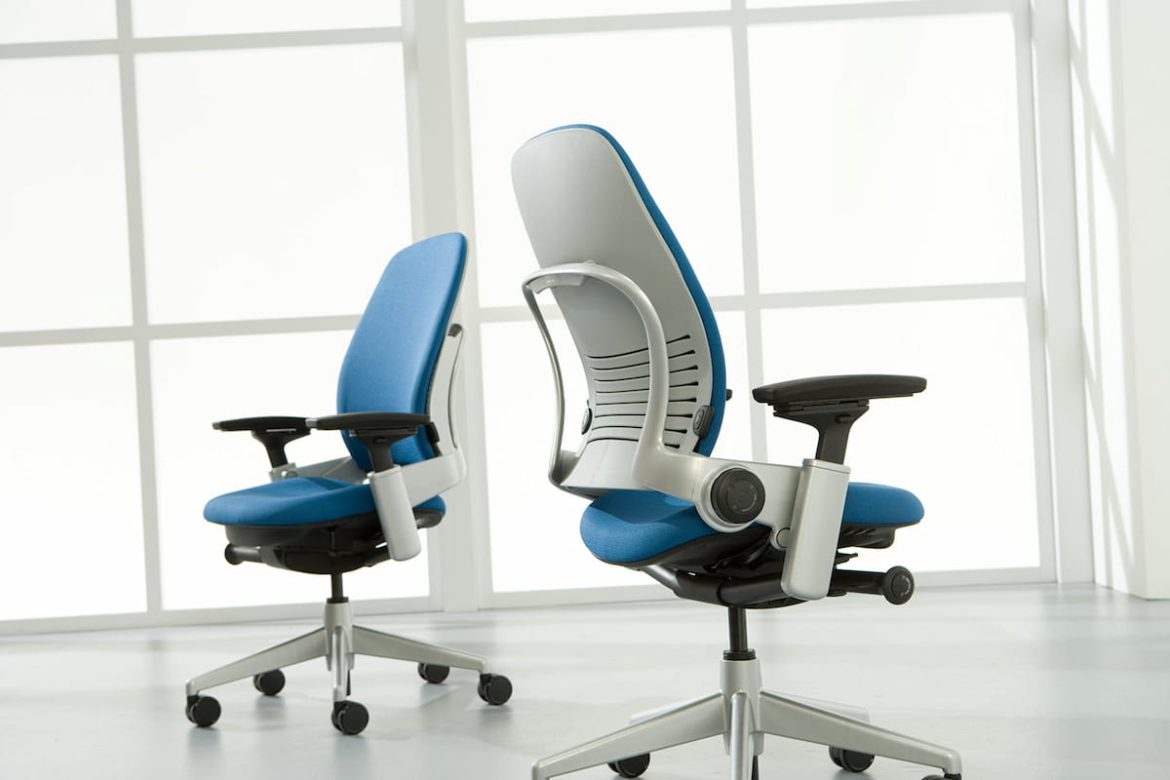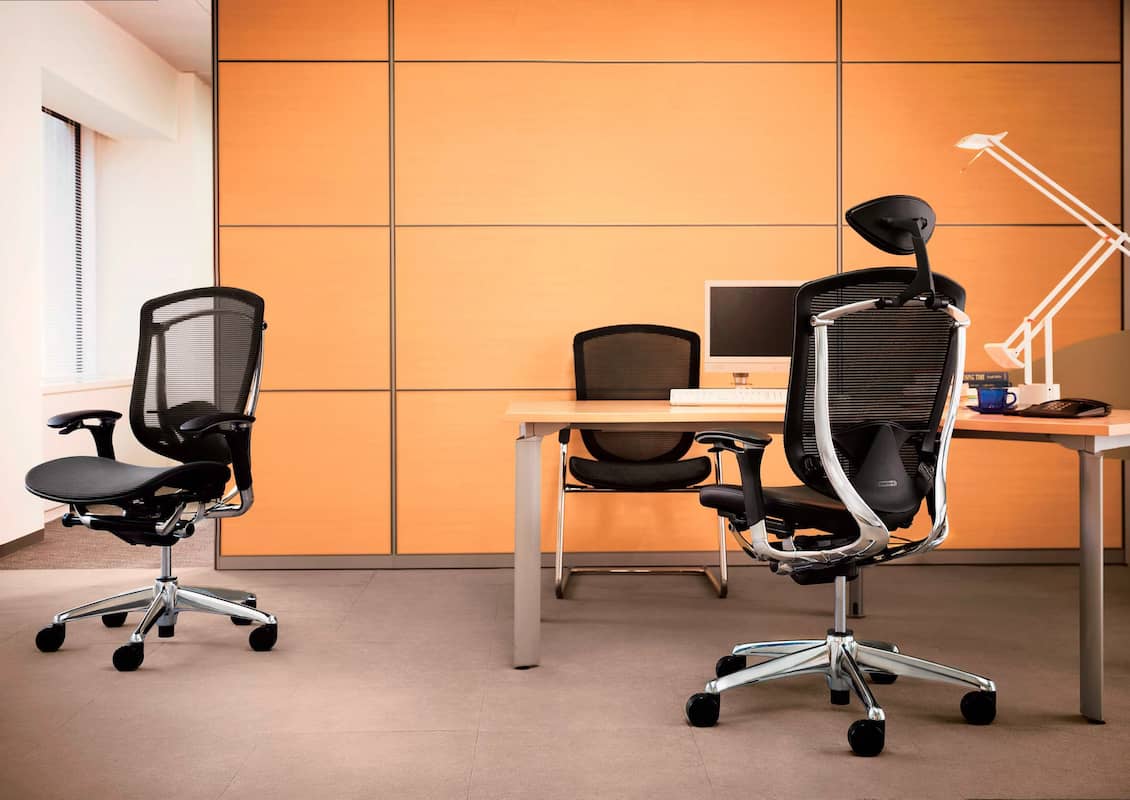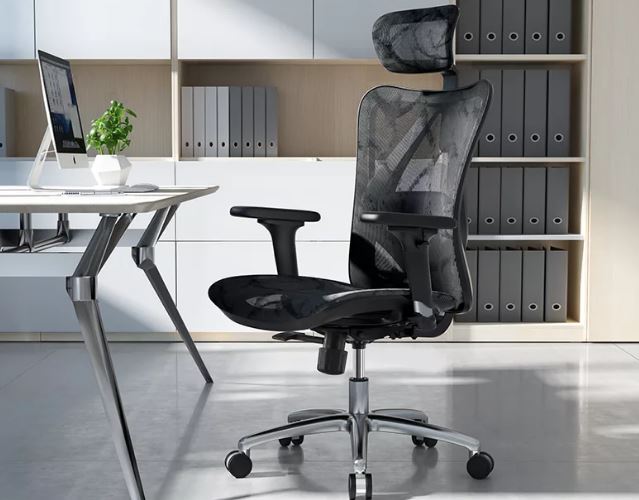Office furniture manufacturers know the importance of modular furniture for today’s workplaces. Therefore they provide high-quality items annually.
When you hear the word “modular office furniture,” do you immediately image a sterile, personality-free space that is packed with gray, square cubicles? If that is the case, we have some very good news for you: those days are behind you.
More than ever before, the field of interior design is moving in a new direction, one that places a premium on dexterity, swiftness, intelligence, and collaboration with others.
Due to the rise in popularity of modular environments, office equipment and furnishings are now being designed with adaptability, multi-functionality, and modularity at the forefront of their considerations.
Whether it’s in an office or a school, modular furniture has the ability to serve several roles and adapt to the ever-changing requirements of the area.
Pieces that are modular allow for customization, which means that the requirements of each individual can be met. Find out more by looking at the numerous applications that modular furniture can have in the home or office.
You are able to provide them with privacy without isolating them from other patrons. With modular pieces, it is possible to create partitions between pieces of furniture in order to offer individuals their own space. This is not something that is always simple to accomplish.

- You are given some leeway in terms of personalization. You are able to create completely unique configurations using modular furniture by mixing and matching different parts. In addition, the layout can be altered to suit your requirements.
You now have access to a greater degree of liberty. As your firm expands, the amount of space it needs will inevitably increase. You get more space than you would have with furniture that is permanently positioned in the room.
You will be able to save money since, in addition to reducing the amount of space required, the modular design of the furniture permits greater mobility and adaptation. Less square footage means less money spent on utilities (heating and cooling).
- You shouldn’t have any trouble adjusting to the more current way that work is done. Desks and chairs that are modular can be configured to suit a broad variety of different office layouts and are an excellent choice for individuals who work alone. In addition to this, it can be stretched to accommodate a greater number of people at a single sitting. In your control lies the ability to “future-proof” the region.You will have the ability to “be like water” and adjust no matter what changes take place in the environment around you. Modular furniture will make it easier to adjust the space to new cultural norms, work habits, and technological realities as they emerge. • You can assist a more speedy and effective setup method. This not only saves money and time, but it also puts the area immediately available for usage, which is a huge benefit.
It is likely that one of your abilities is the capability to reduce the amount of waste. The amount of trash that is created is greatly cut down by modular systems, which results in a large increase in the eco-friendliness of these systems. The majority of the time, it is possible to recycle or reuse the materials that are used.
You have the ability to practice frugal behavior with regard to finances. In addition to reducing the amount of space required, the adaptability and diversity of furniture are increased when it is constructed in a modular fashion. Less square footage means less money spent on utilities (heating and cooling). 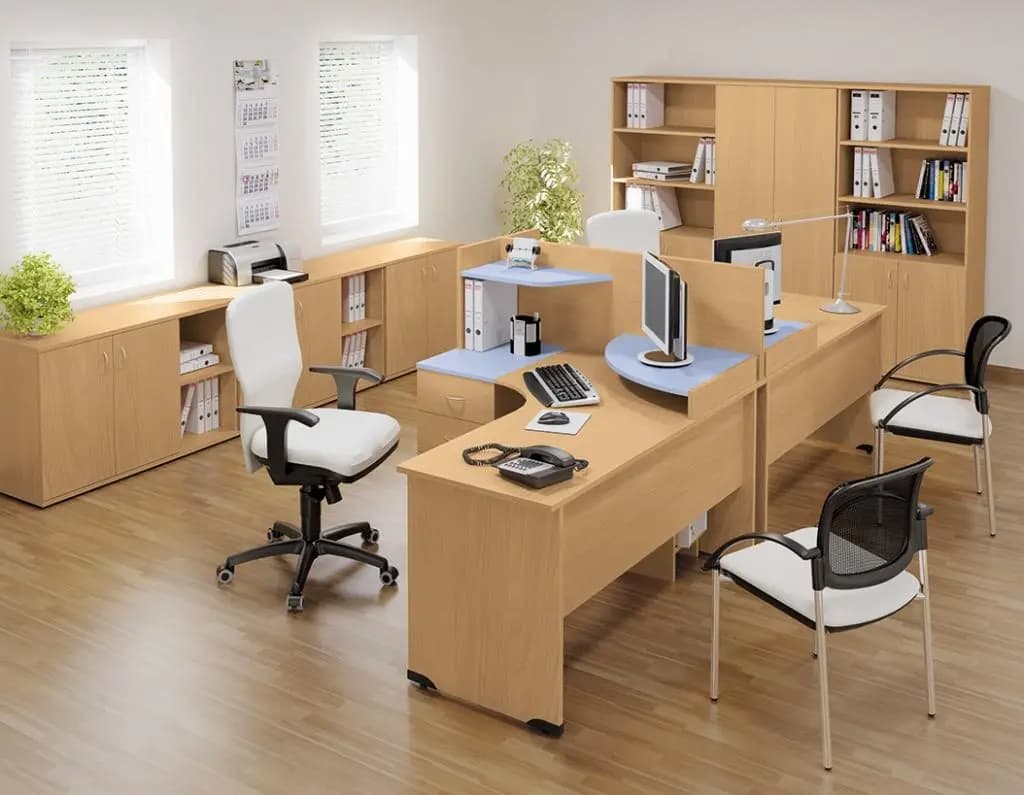
Benching systems are a great example of the modern trend toward function-based organization, which is becoming increasingly prevalent. They make it possible to have fewer workers per square foot, save money on resources, and develop a culture of cooperation in the place of business where they are utilized.
According to the Modular Furniture Market research (2022-2028), the industry’s leading manufacturers are listed. The article enlightens the reader on how various businesses are teaming together to beat back competition in the industry.
This analysis delves deeply into the market to reveal its smallest, most salient details. revenue generated by manufacturers, worldwide average selling price, and output by manufacturers in the global modular furniture market over the predicted time period.
The analysis, titled “Global Modular Furniture Market Research Report 2022,” provides readers with thorough data on the market’s history, current state, future prospects, and potential restraints.
The research also details the latest developments in the modular furniture industry in terms of pricing, revenue, gross margin, market share, prospective growth, and the strategies of the market’s most dominant companies.
Market players can learn about prominent players in the industry thanks to the information provided in this study. In this study, we’ll take a close look at the Modular Furniture Market from every angle: its history, current state, and future prospects.
Sales and revenues are predicted for the Modular Furniture Market from 2022 to 2028 and broken down by region, product type, and end-use. The research also analyzes the current state of the industry and predicts its development in the following years.
Finally, we evaluate the viability of potential new investment projects and provide broad findings from our investigation. The Modular Furnishings Industry:
Modular furniture has risen to prominence as a result of the growing trend toward using a single piece of furniture for multiple uses. It’s a piece of furniture that serves multiple purposes, thus it saves space, can be moved about easily, has a wide range of uses, and is easy to convert between uses.
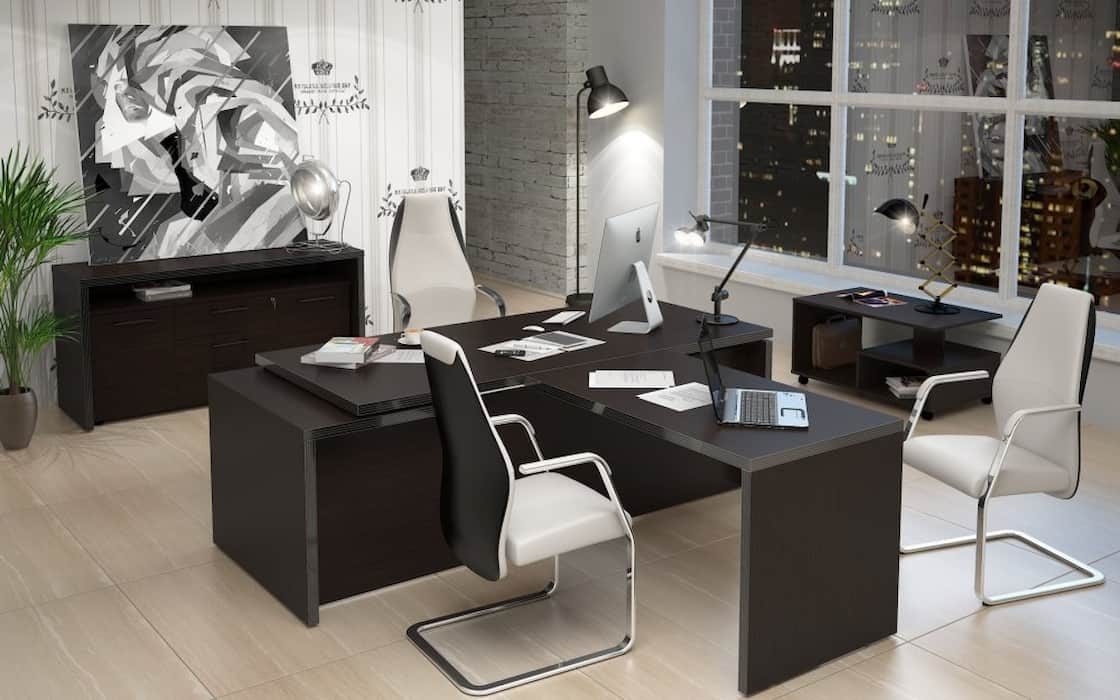
The global modular furniture market is expected to be valued USD million in 2021 due to the COVID-19 epidemic and is projected to reach USD million by 2028 at a CAGR of % between 2022 and 2028.
Taking into account the full effects of the health crisis on the economy, the modular furniture market in Europe is expected to be worth USD million by 2022, while markets in the US and China are expected to be worth USD million and USD million by 2028, respectively.
In 2022, the United States will account for a share of the market equivalent to %, while China will account for %; by 2028, it is expected that China’s market share will have reached, representing a CAGR of. Modular furniture in Europe is expected to be worth USD million in Germany by 2028.
CAGR in Japan and South Korea, two of Asia’s most important markets, is and is expected to be over the next six years.
Tables accounting for of the Modular Furniture global market in 2021, is projected reach value USD million by 2028, increasing at a revised CAGR from 2022 to 2028. At the same time, the residential sector is expected to grow at a CAGR of around % until 2028.
USM Modular Furniture, IKEA, Steelcase, West Elm, Williams Sonoma, TJX, Herman Miller, HNI Corporation, Okamura, etc. are only a few of the world’s leading makers of modular furniture. In 2021, the top three companies in the global Modular Furniture market will account for 35% of the industry’s revenue.
The study analyzes the worldwide, regional, and company-level markets for Modular Furniture. This analysis estimates the total addressable market for Modular Furniture worldwide, taking into account both historical data and future projections.
This paper narrows in on various significant geographical areas, including North America, Europe, China, Japan, etc.

Market Analysis of Modular Furniture Around the World
Detailed breakdowns are provided in the research report on a regional (national), corporate, product, and functional basis. The research looks at sales and revenue from the past and into the future, covering the years 2017 through 2028.
If you can break the market down into its constituent parts, you may start to isolate the variables that are driving its expansion.
The following report predicts the Modular Furniture market size (sales, revenue) by region and country from 2022-2028.
The in-depth analysis is focused on recent developments and major turning points. From 2017 to 2028, this section examines the global market and each type’s production volume. From 2017 through 2028, the regional output is broken down here.
The paper breaks down costs from 2017 to 2028 for each product category, from 2017 to 2022 for each manufacturer, from 2017 to 2022 for each geographic location, and from 2017 to 2028 on a global scale.
The study focuses on the global market for modular furniture, including its size, structure, top players, distribution channels, major suppliers, raw material costs, and rate of price change.
